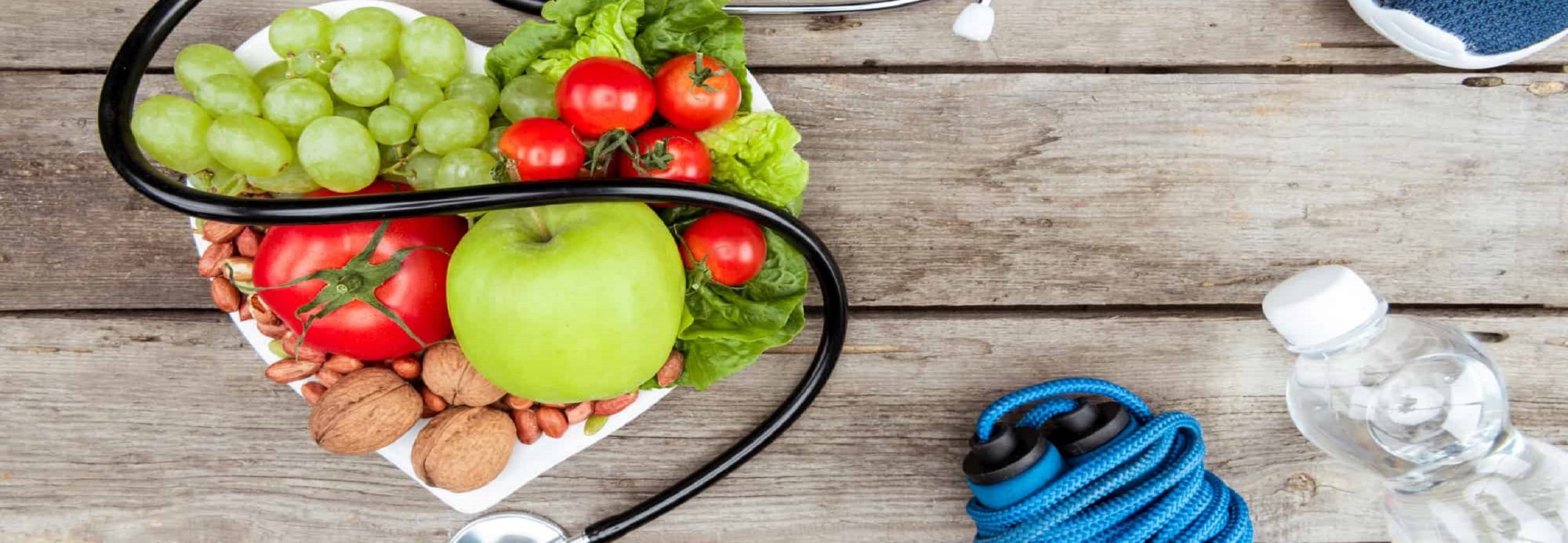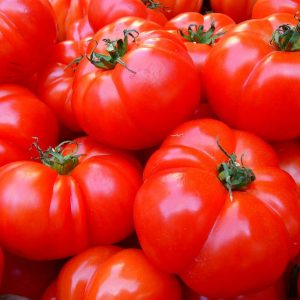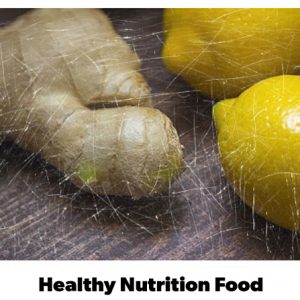
Smoking is one of those remnant activities from the last century, that seems hard to beat for some. In this article, Newsgrab takes a closer look at how technology might actually help smokers quit during Stoptober.
It’s almost Stoptober and for many smokers a stick to say goodbye to that beloved and/or hated cigarette. And technology can help you do just that. Here are five examples of how to kick that expensive and sickening habit.
Quitting puffing is really incredibly difficult for many people. There are people who “cold turkey” cigarettes into the trash. Still, others really need help to get rid of the addiction, especially now that it is Stoptober.
Technology as a tool against smoking
First, let’s break down what happens when you quit smoking during Stoptober. On the first day, your chances of having a heart attack immediately decrease. This is because tobacco causes your veins to constrict when you smoke. After one day of quitting, you will have lower blood pressure and heart rate.
After 48 hours, your smell and taste receptors begin to heal, thanks in part to myelin which coats the nervous system. The fatty substance allows nerve impulses to be sent faster.
After two weeks, breathing will become easier and your blood circulation will improve significantly. The craving for a cigarette would also be a lot less in most cases. You have to be patient (and yes that is hard), but after six weeks withdrawal symptoms should be pretty much gone.
After a year, the risk of heart failure is reduced by 50 percent. You also notice that your lungs are recovering. And even though you may cough more between nine and 12 months, it also means your body is working on repair. So you will be less likely to be exhausted.
Need help during Stoptober?
The benefits speak for themselves (apart from the huge costs you save). But quitting is easier said than done. Perhaps this tech will help you get those stink sticks out the door.
#1 Good software and a smartwatch
The company Somatix specializes in improving your health. They have also developed digital tools to help you quit smoking. This includes a special smartwatch and advanced software. Not only does it track when you smoke, it also informs you what it is doing to your body. Indeed; it reminds you what it costs, both physically and financially, and all those factors are confronting.
#2 Brain stimulation helps with smoking cessation
It sounds worse than it is, but a few volts on your cranium can do wonders. First, there is direct transcranial stimulation. This involves placing stickers on your head and giving your brain new impulses that suppress the urge to smoke. There is also transcranial magnetic stimulation, in which a magnetic coil is placed on the head. By increasing the pulsation, your brain is triggered.
Should you find this a bit extreme, that is to be admired. Even the researchers admit that it doesn’t always work. And yet they are hopeful. In my clinic, a large proportion of my patients are emotionally triggered because of the effects of nicotine, says Dr. Panagis Galiatosos of the American Lung Association. He also works at the Tobacco Treatment Clinic at Johns Hopkins Medicine in Baltimore. At least hopeful is hopeful?
#3 Artificial intelligence during Stoptober
Sometimes quitting smoking can be helped by a friend (we’ll come back to this). But that friend or associate doesn’t always have to be real: just like Florence. She is programmed to ask you the right questions when you feel like a cigarette.
Florence is a piece of artificial intelligence helped into existence by the WHO (World Health Organization). She reportedly helps you with important questions and distracts you when you really want a fag. She is programmed with all the information about regression when you feel the need for a cigarette and therefore immediately provides you with relevant information to cut down.
#4 Is an eCigerette smoking?
We, as smokers (actually just me, writer of this article) have some benefit from the eCigarette. The theory is that people use an electronic cigarette, and step down from a good number of milligrams of nicotine to effectively zero.
Theoretically, this works for two reasons: you get (as you cut down on nicotine) less desire for a cigarette butt. On the other hand, the desire to do “something” remains ever-present. Not surprisingly, many ex-smokers get started with lollipops and licorice. Is vaping otherwise healthy? Not exactly.
#5 Apps en community help in Stoptober
One of the things that is above reproach is your immediate environment when you want to smoke again. They are the ones who give you a break. Not always nice, but often necessary. In addition to friends family, however, you can also call on people who, like you, are struggling to quit, or have quit and want to help you.
It sounds striking: but sometimes the very people you don’t know are decisive. What smoker has heard the umpteenth story of a friend who succeeded fat easily?
We (smokers) all do. But hopefully a stranger can articulate this better through apps like QuitNow! SmokeFree and SmokingLog. However, the lion’s share is English-speaking. Should you master the language; maybe you’ll make friends too?
So all in all, that proverbial stick and that door thanks to tech. Are you planning to quit? Let us know (but especially the rest of us know) in the comments how you do.

Mebely Connors is a retired health care professional. For the past 4 years, she has been working from home, writing for different publications. She specializes in health and nutrition-related articles.
Original Source: NEWSGRAB




























